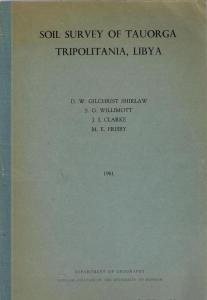Hargal, Salma. 2024. Ending slavery in imperial peripheries: Ottoman abolitionist policy in Trablusgarp and Benghazi provinces (1857–1911). Middle Eastern Studies.
When Istanbul prohibited the trade of enslaved Africans in 1857, the Ottoman local authorities expanded efforts to curb human trafficking throughout the imperial realm. These endeavours also included Libya, which lies at the frontiers of the Greater Sahara, a major slave-raiding zone in the nineteenth century. The historiography devoted to modern Libya maintains that the Porte took action to curb slavery only in response to British pressure. In this article, I seek to situate the prohibition of human trade in Libya within the larger scope of the end of slavery in the imperial realm. I argue that the Ottomans conducted an abolitionist policy in Libya that was embedded in the reforms undertaken in these peripheral provinces, namely, to foster the Porte’s sovereignty at its imperial frontier. I further argue that the enslaved population gained agency in the manumission process and in their integration into Ottoman society after their liberation. This bottom-up approach to the end of human bondage reveals the entanglement of old and new patterns of manumission in the era of abolition as well as the social integration of these emancipated slaves into Ottoman society during the Reform period.










